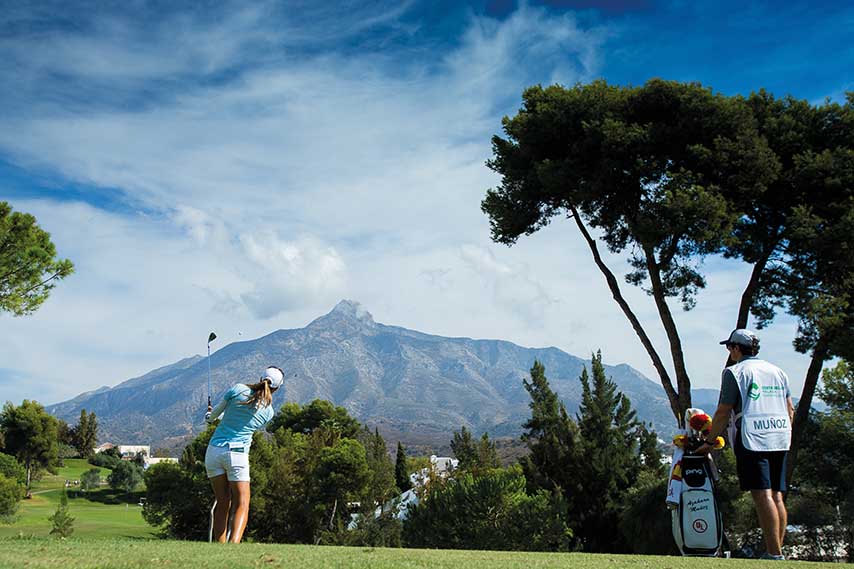Nestling in Marbella’s Golf Valley, in the Nueva Andalucía macro-urbanisation behind the famous Puerto Banús marina, Aloha Golf Club, completed by Javier Arana just before his death, was opened in 1975. A parkland-style layout, par-72 and 6,293 metres long, it is situated on undulating terrain dotted with lakes and meanders through picturesque tree groves that provide the course with its impressive scenic beauty, seasoned with spectacular views of the Sierra de La Concha mountain range and Mediterranean Sea.
The legendary Arana signature is not only reflected in the splendid layout, but also in his choice of the trees and plants that would populate the course, with the idea that players would be able to enjoy species in bloom at any time of the year.
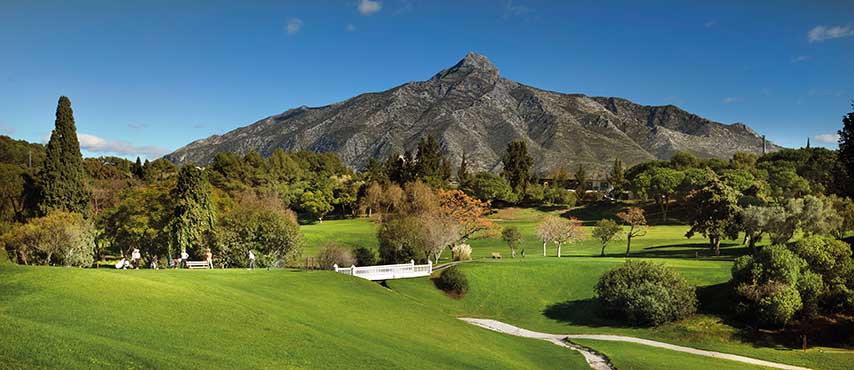
The course has been the venue for several top international professional tournaments. The first was the Benson and Hedges Trophy in 1989, a mixed competition co-sanctioned by the men’s and women’s European Tours and eventually producing a popular home Spanish triumph by Xonia Wunsch and Miguel Ángel Jiménez.
Aloha also hosted three editions of the Andalucian Open (a European Tour event), as well as a Spanish Women’s Open (on the Ladies European Tour). In the first Andalucian Open, played in 2007, Lee Westwood won with a 20-under-total of 268. The English star set a course record of 64 along the way to victory, which ended his win-less drought and proved to be a turning point in his career - culminating in his rise to the top of the world rankings when he dethroned none other than Tiger Woods two years after his success at Aloha. In 2008 Frenchman Thomas Levet was victorious at the Marbella club, with a total of 272 after a play-off against Oliver Fisher. The third edition of the Andalucía Open at Aloha was held in 2012, with another French victory, by Julien Quesne, who carded 271.
The 2016 Spanish Women’s Open ended with the first Spanish victory in the history of the tournament, appropriately by a locally-born player who grew up close to Aloha, Azahara Muñoz, the Marbella star winning with a 10-under total of 278, one stroke better than American Beth Allen.
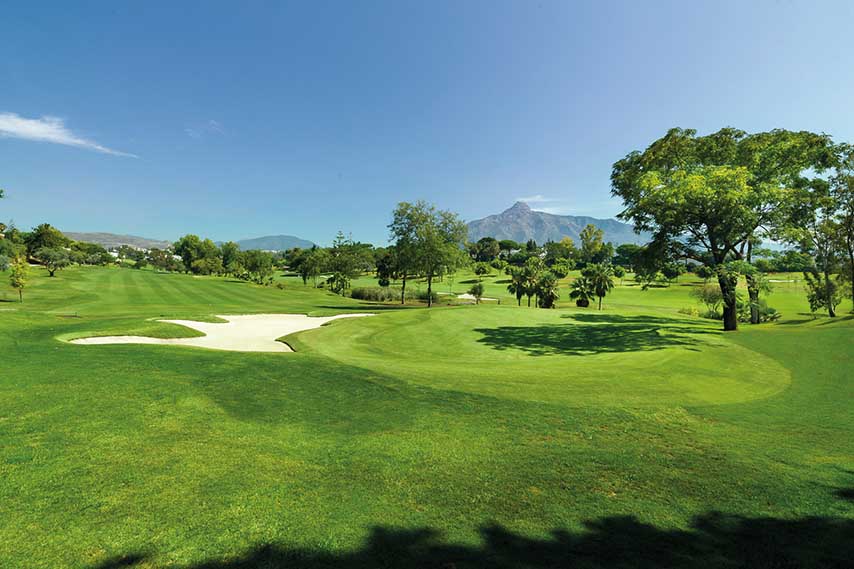
.
THE COURSE
The Aloha course is highlighted by lush natural features throughout, with wide fairways and difficult greens. Complicating play are majestic trees that loom in the middle of some fairways. For those able to hit straight to the fairways, Aloha shouldn't present major complications, but big-hitters are advised to think more than once before hitting their ball. The first hole is exceptional for its beauty. Players need to direct their shots to the right to avoid the out-of-bounds area and access a green protected by bunkers.
.
MIGUEL ÁNGEL JIMÉNEZ MEMORIAL ANDRÉS JIMÉNEZ PRO-AM
Managed by agronomist Juan Álvarez, this iconic Marbella club is home to one of the oldest pro-ams in Spain: the Miguel Ángel Jiménez-Andrés Jiménez Memorial, formerly the Salvador Balbuena Memorial – a tournament that celebrated its 40th anniversary this year. The Churriana-born international star also gives name to the first hole at Aloha.
.
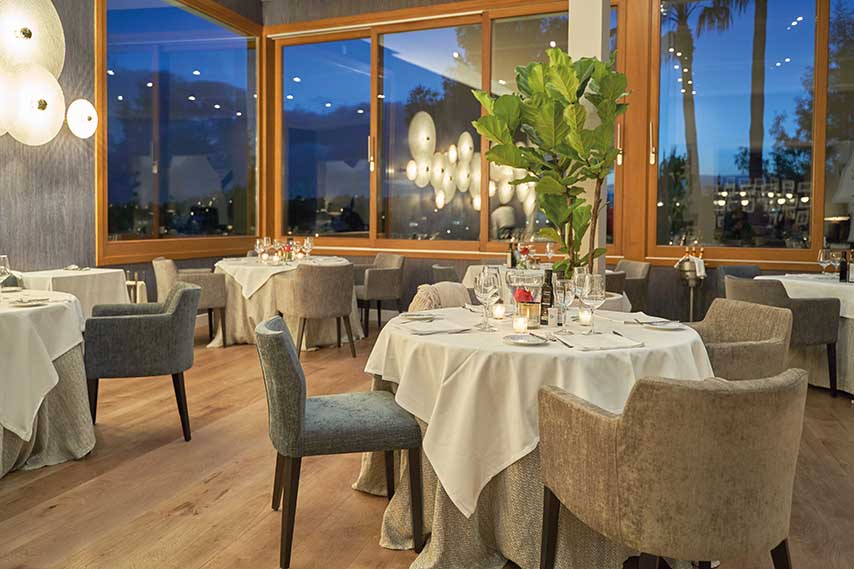
SOCIAL LIFE
Apart from a course of unquestionable quality, Aloha is recognised for its vibrant and cosmopolitan social life. The club is private - it has around 1,200 members, representing multiple nationalities, predominantly British, Scandinavian and Spanish - but it is also open to green fee-paying visitors. Among other facilities, it has a gym, outdoor pool, pro shop, golf school and restaurant. Andrés Jiménez, Juanjo Mangas and Iván Mangas offer individual golf classes, in pairs and in groups. On weekends and during the summer months, the children’s academy plays an important role, allowing youngsters to practise their golfing moves on both the driving range and the short nine-hole course, which is ideal for that purpose.
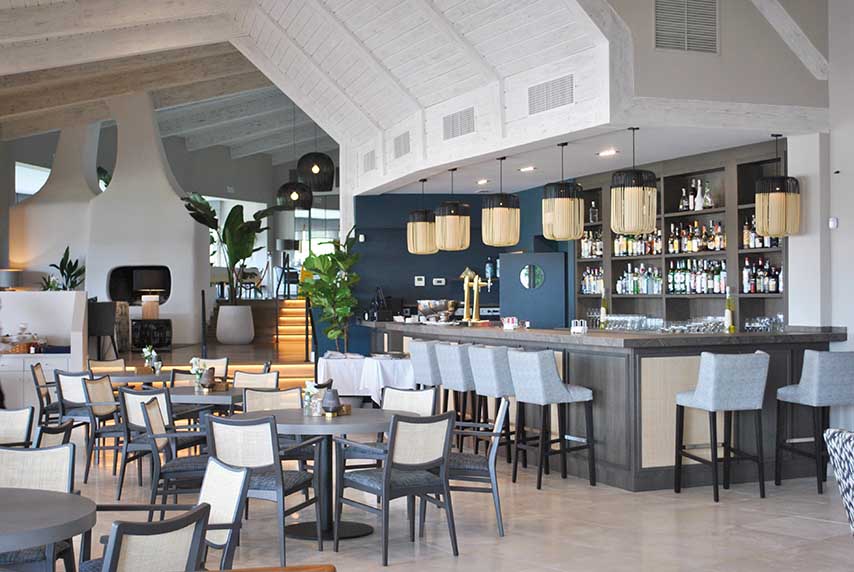
The members’ popular meeting point is in the clubhouse, where a large terrace overlooks the course, as well as in the club’s elegant and comfortable interior rooms, all of which provide an eminently cosy setting that makes it difficult to leave - on the contrary in fact, encouraging you to extend your stay!
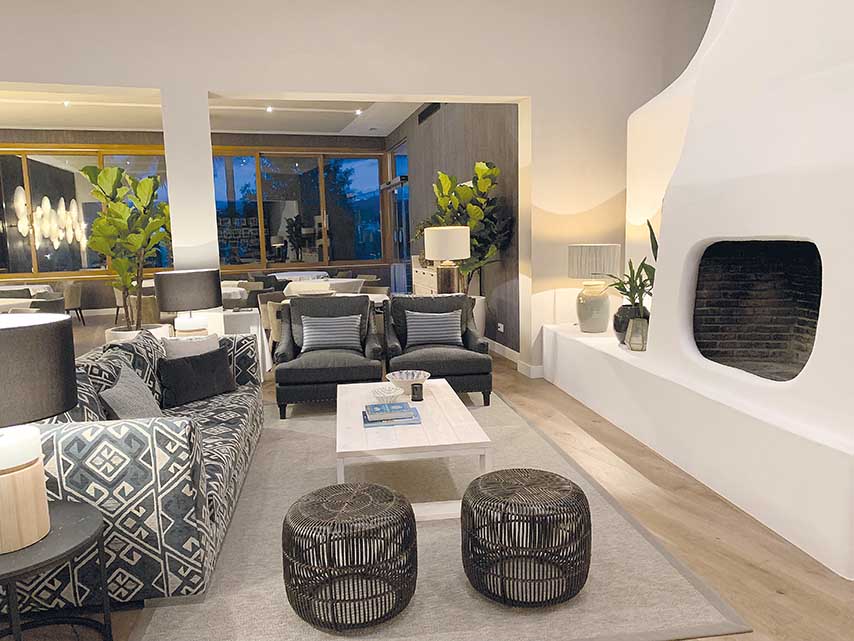
An adjoining building is home to the caddy master and changing rooms. Spanish Tour star Gonzalo Fernández Castaño once described the latter as “some of the best dressing rooms on the European Tour”, which says everything about their spaciousness (they have a sauna and relaxation room), design, quality and service.
For those wanting to keep fit, the Aloha fitness club offers numerous activities (pilates, yoga, strength training, bike, corebar, outdoor...) as well as a personal trainer. The manager of the fitness club is John Vigdal, a Norwegian national aerobics champion and the winner of other titles worldwide.
.
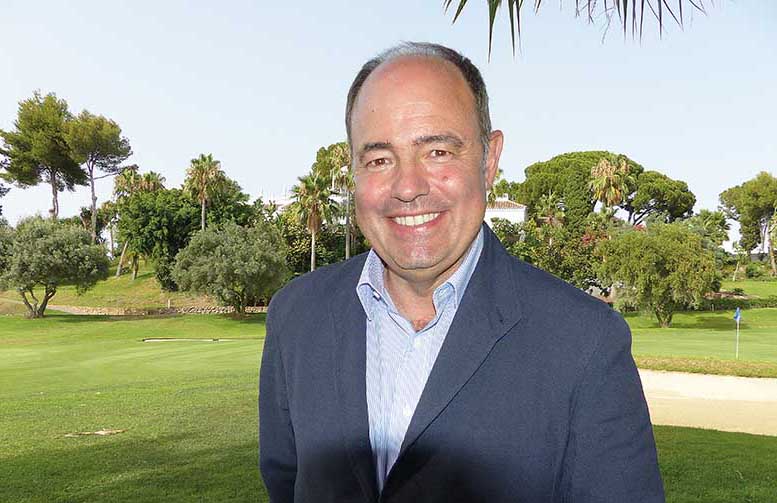
THE PRESIDENT'S VISION
Aloha Golf president Rafael Fontán, whose success at the helm of the club has received majority support and repeatedly been endorsed by members since 2010, is hugely excited to once again be hosting the Spanish Ladies Open at the course. "For us," he says, "it is an honour and joy that the great Ladies European Tour players compete here and enjoy our hospitality.
“This year the prize pool has been increased and we hope the participation of top-quality players will be a success. We also believe that the success of Europe in the Solheim Cup will encourage many fans to come and see the Spanish Ladies Open first hand.”
Regarding the actual course designed by Javier Arana, he notes, “It is in very good condition”, and points out that “everyone has congratulated us over summer”. He further emphasises, “We have a complete course of Bermuda, wall to wall, and perfect Agrostis greens."
As for the in-depth renovation and redecoration undertaken for the clubhouse, he says, “We now have the 21st century facilities that Aloha required."
The president adds that the club is making excellent progress. “It is going very well, we are very happy, we have had a significant number of new members this year, and I sincerely believe that everything we have done is contributing to that increase.
“The club continues to hold social events with record participations; it’s truly incredible the number of members and friends who come along. It has been a very positive summer, the restaurant has had many customers, and we are all very satisfied with how the club is doing.”
.
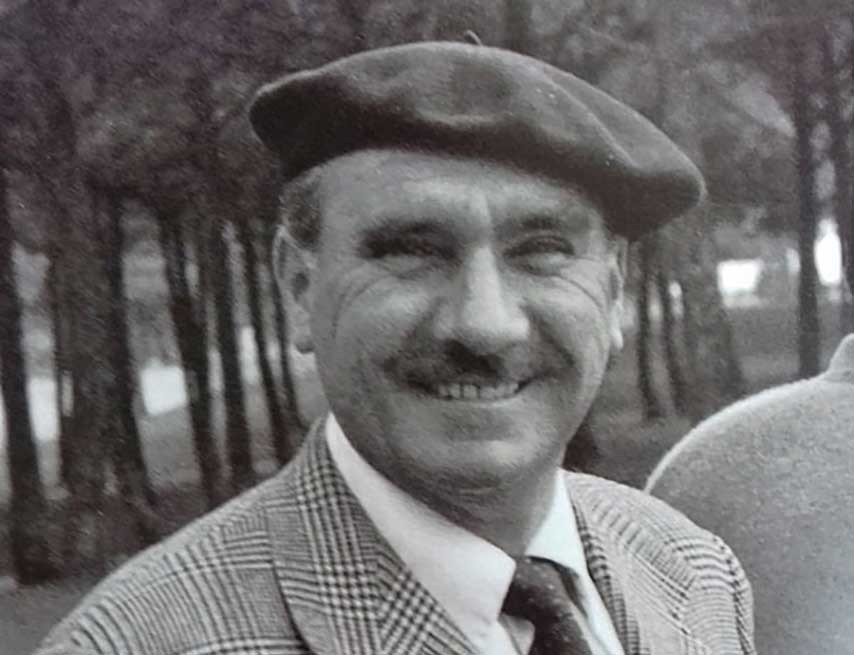
JAVIER ARANA'S POSTHUMOUS PROJECT
Basque golf course designer Javier Arana is a revered figure in the history of Spanish golf. Aloha was his last project, inaugurated just a few months after his death (in 1975) at 70 years of age.
Arana was a pioneer in the modernisation of Spanish golf, a sport he was introduced to after a brilliant career in the world of sailing (he participated in this discipline at the 1928 Olympic Games in Amsterdam). International amateur champion, captain of national teams, international referee, founder of the Spanish Golf Federation, Spain’s leading golf course designer – and one of the country’s most internationally renowned, with some of his creations included in lists of the world’s finest courses.
The Bilbao-born designer was directly responsible for a dozen courses, among the best in Spain, all of them designed to attract players of all playing levels thanks to the intelligent use of design elements aimed at defending par during a time when it was essential to ensure good design was compatible with economical construction costs and conservation, a key element for Arana when it came to enjoying golf.
In addition to Aloha, other great courses designed by Arana include El Saler, Cerdanya, Ulzama, El Prat, Neguri, Río Real, RACE, Club de Campo de Madrid (Black Course) and Guadalmina (South Course).
With no academic training in engineering or architecture (he was a lawyer), he learned from the English a style that he would put into practice designing one-third of the courses built in Spain from after the Civil War until 1962. “The least interference with nature is desirable, since nature is the best architect in most cases,” Arana reflected in one of the few writings outlining his principles and design philosophy. His courses were designed not only taking into account a player’s physical effort but also their mental ability: courses with a “difficult par, easy bogey", as he highlighted.



